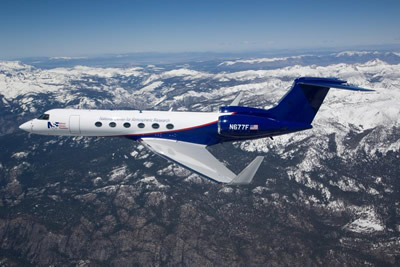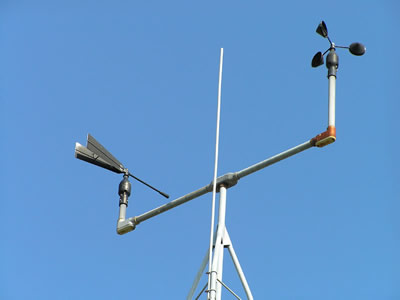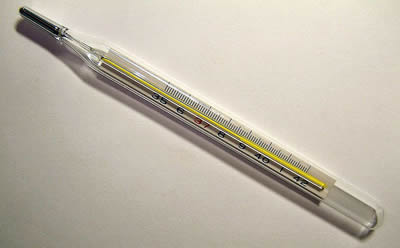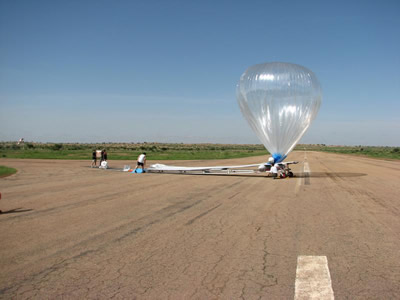Fog over ocean water. The low-lying fog is within the atmospheric boundary layer.
Click on image for full size
Image Courtesy of Amy Hatheway
Atmospheric Boundary Layer
The lowest part of the troposphere, closest to Earth's surface, is called the "boundary layer" (or planetary boundary layer or atmospheric boundary layer). Near the surface, the texture of the ground has a strong influence on the movement of winds. Higher up, above the boundary layer, wind speed is much less affected by the details of the surface below. As you might expect, different surfaces have more or less influence on wind flow, so the thickness of this boundary layer varies. The boundary layer is quite thin over smooth water or ice, and much thicker over hilly, tree-covered, or urban terrains with many large buildings. The boundary layer typically extends upward about 200 to 500 meters (650 to 1,640 feet), but can be as thin as 50 meters (164 feet) or as deep as 2 km (6,562 feet). The depth of the boundary layer also tends to vary with latitude. Like the thickness of the troposphere as a whole, the depth of the boundary layer is usually greatest in the tropics and least near the poles.
You might also be interested in:

Wind is moving air. Warm air rises, and cool air comes in to take its place. This movement creates different pressures in the atmosphere which creates the winds around the globe. Since the Earth spins,
...more
Rainbows appear in the sky when there is bright sunlight and rain. Sunlight is known as visible or white light and is actually a mixture of colors. Rainbows result from the refraction and reflection of
...more
The Earth travels around the sun one full time per year. During this year, the seasons change depending on the amount of sunlight reaching the surface and the Earth's tilt as it revolves around the sun.
...more
Scientists sometimes travel in specially outfitted airplanes in order to gather data about atmospheric conditions. These research aircraft have special inlet ports that bring air from the outside into
...more
An anemometer is a weather instrument used to measure the wind (it can also be called a wind gauge). Anemometers can measure wind speed, wind direction, and other information like the largest gust of wind
...more
Thermometers measure temperature. "Thermo" means heat and "meter" means to measure. You can use a thermometer to measure the temperature of many things, including the temperature of
...more
Weather balloons are used to carry weather instruments that measure temperature, pressure, humidity, and winds in the atmosphere. The balloons are made of rubber and weigh up to one kilogram (2.2 pounds).
...more















